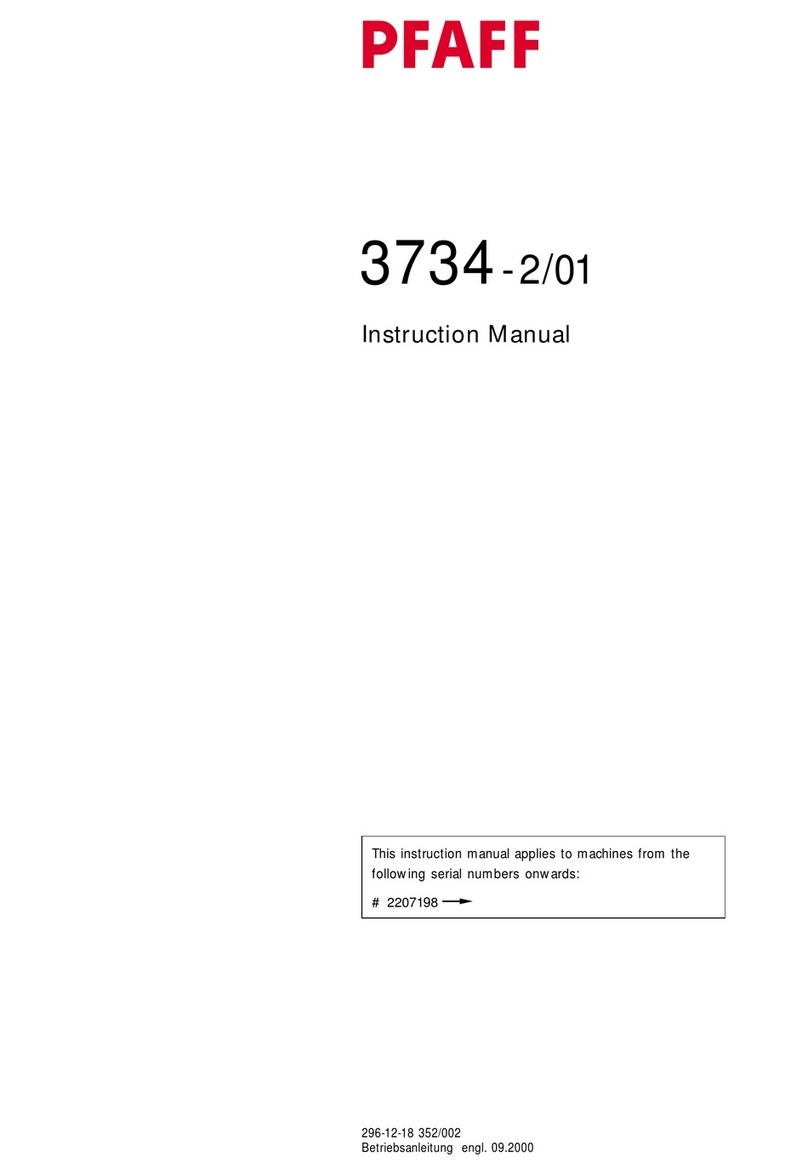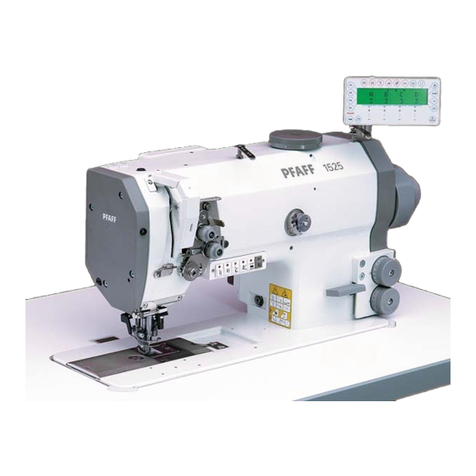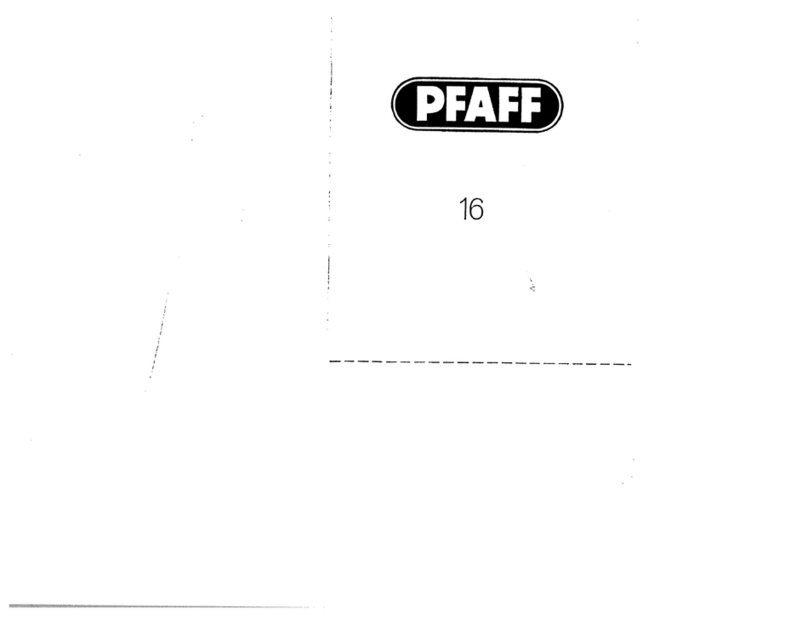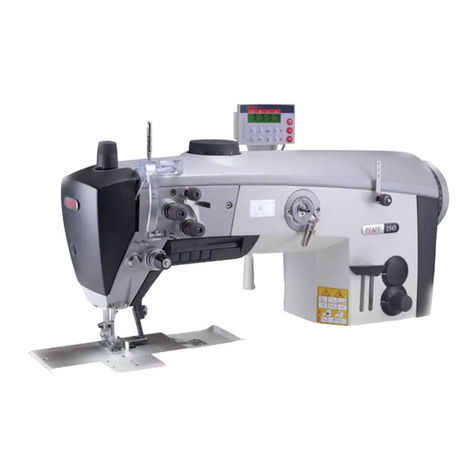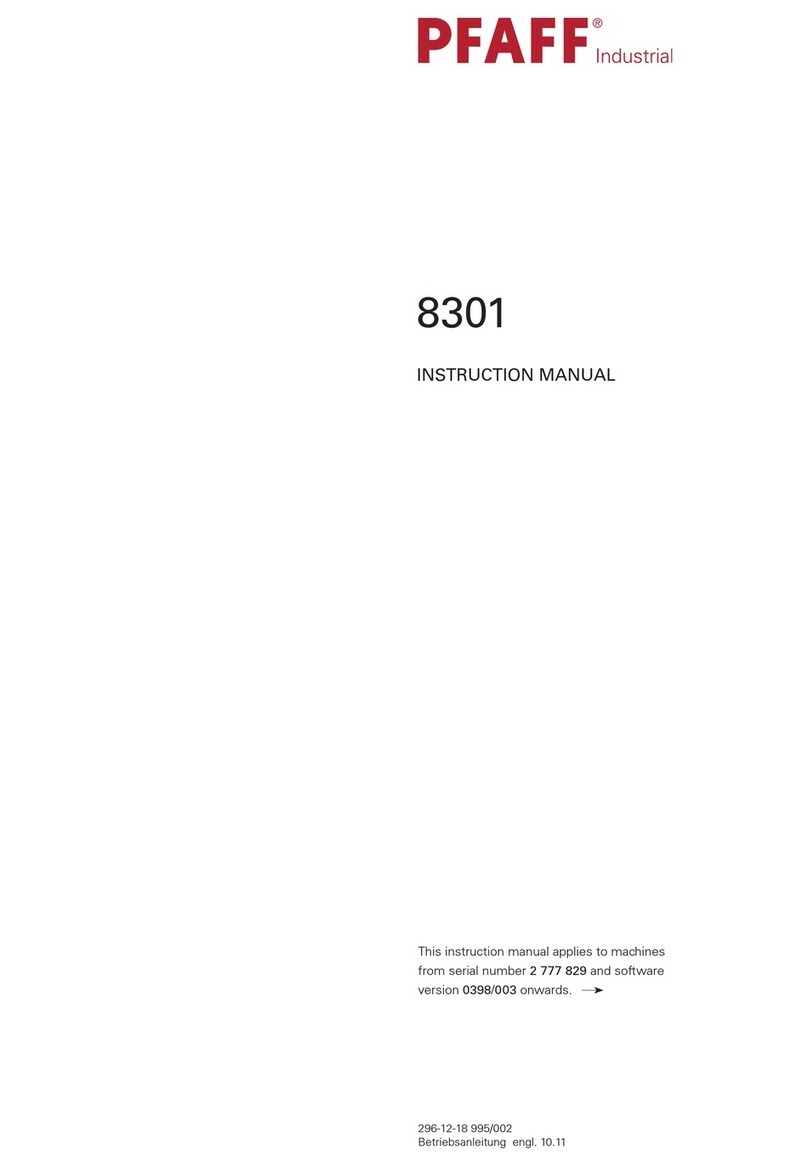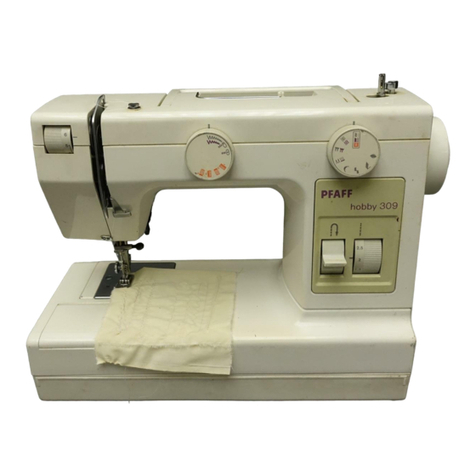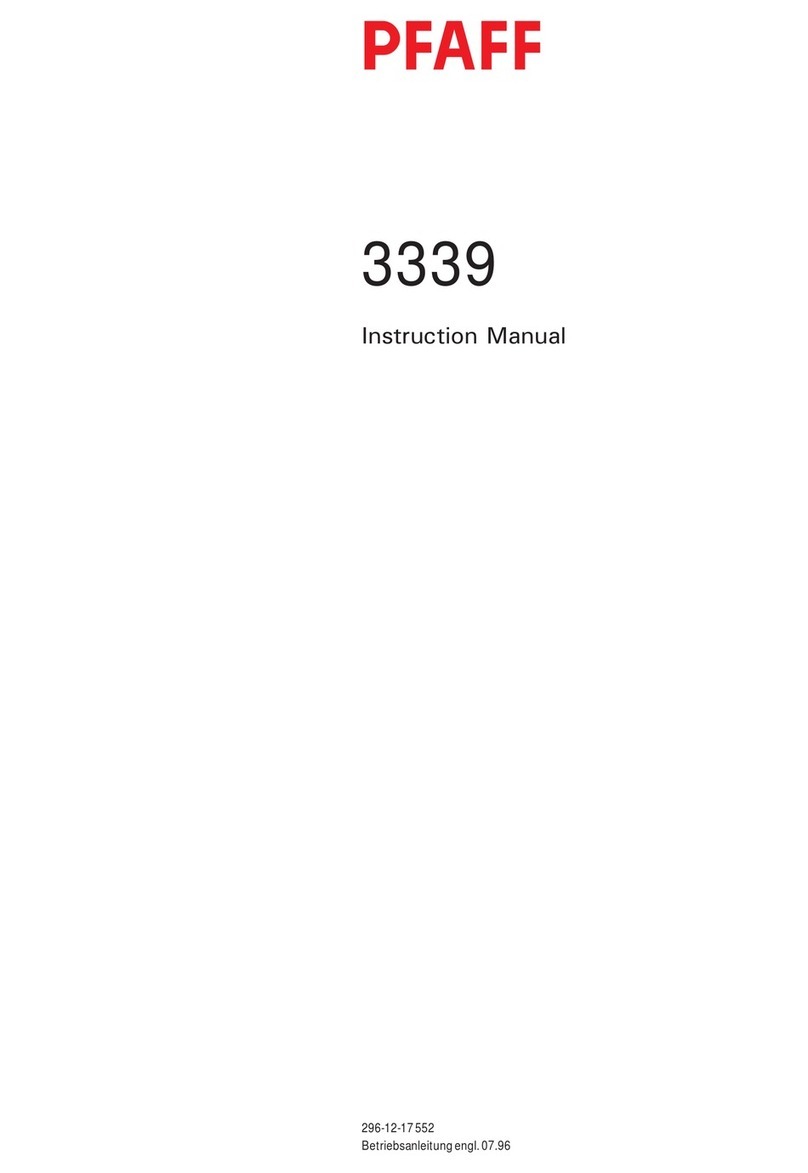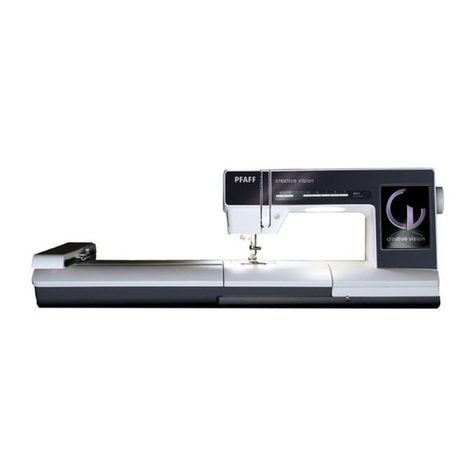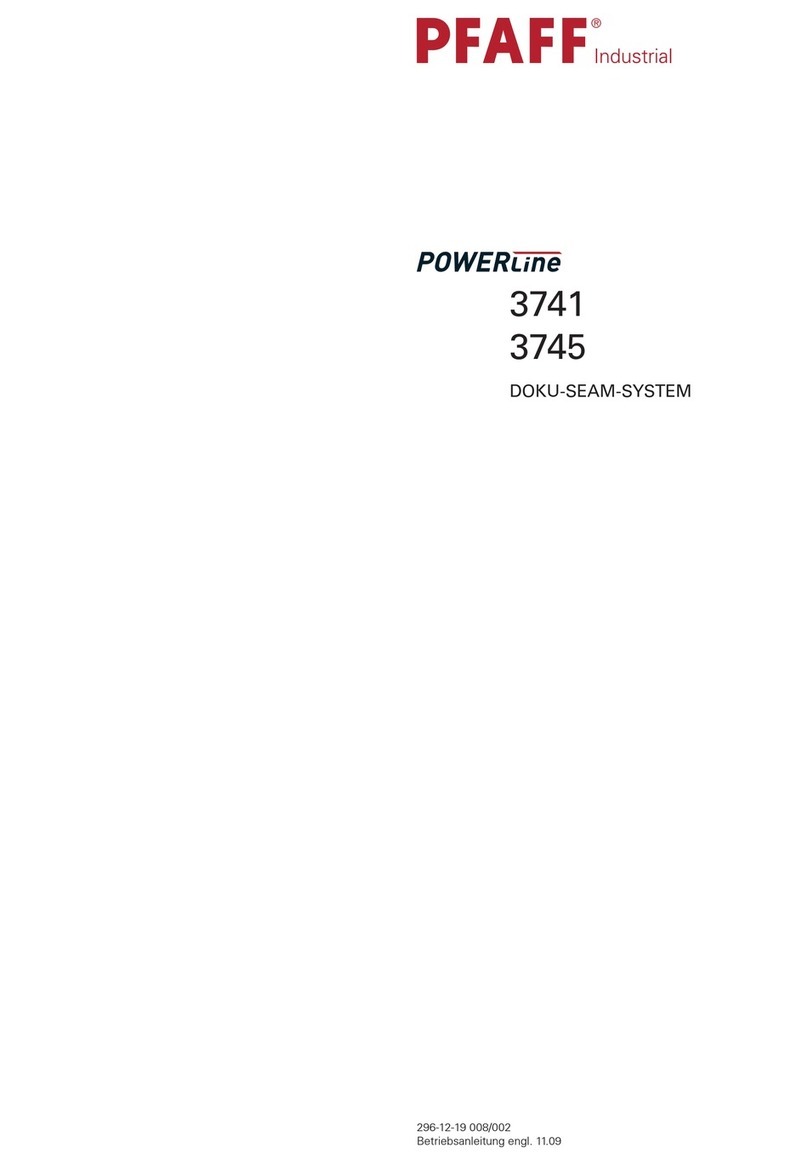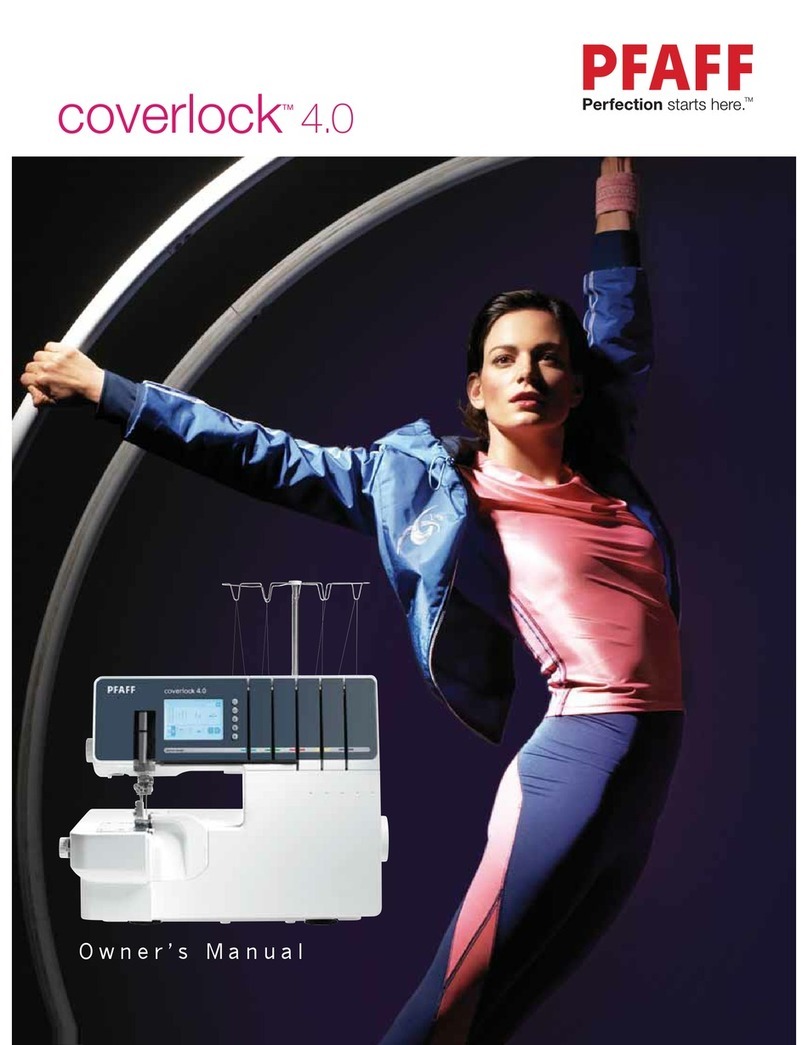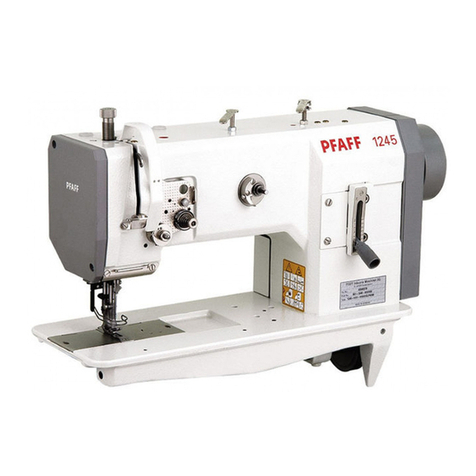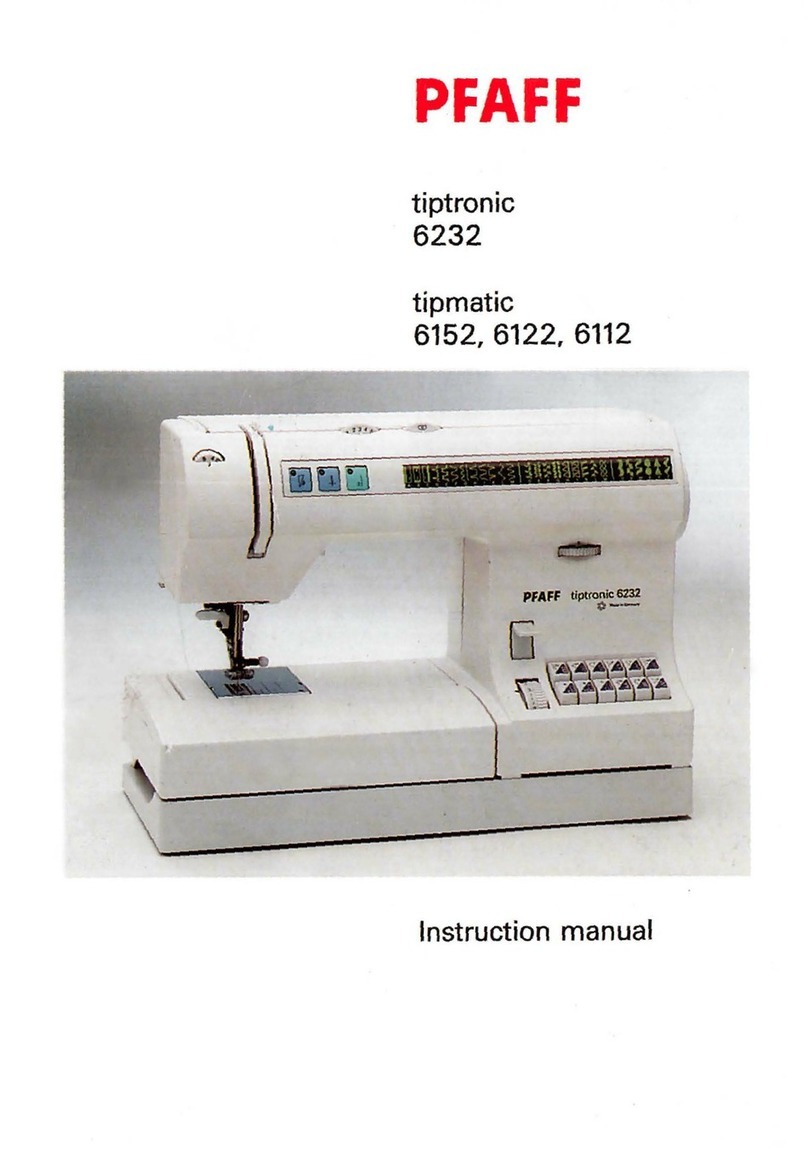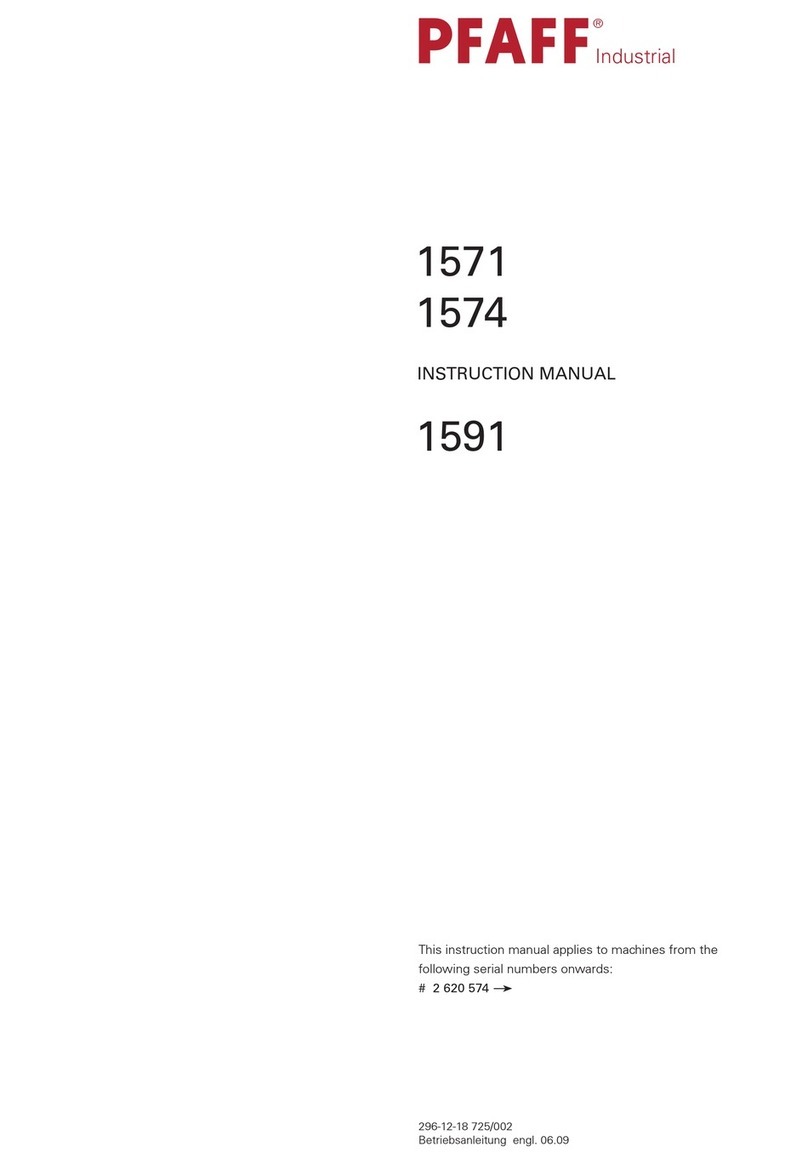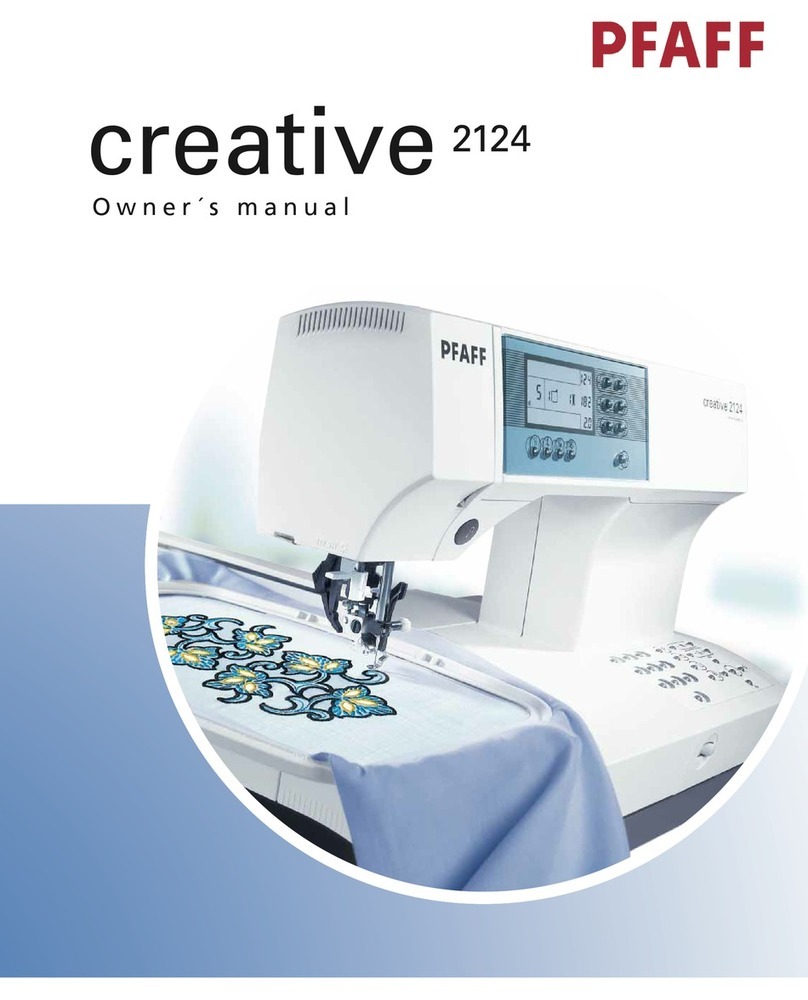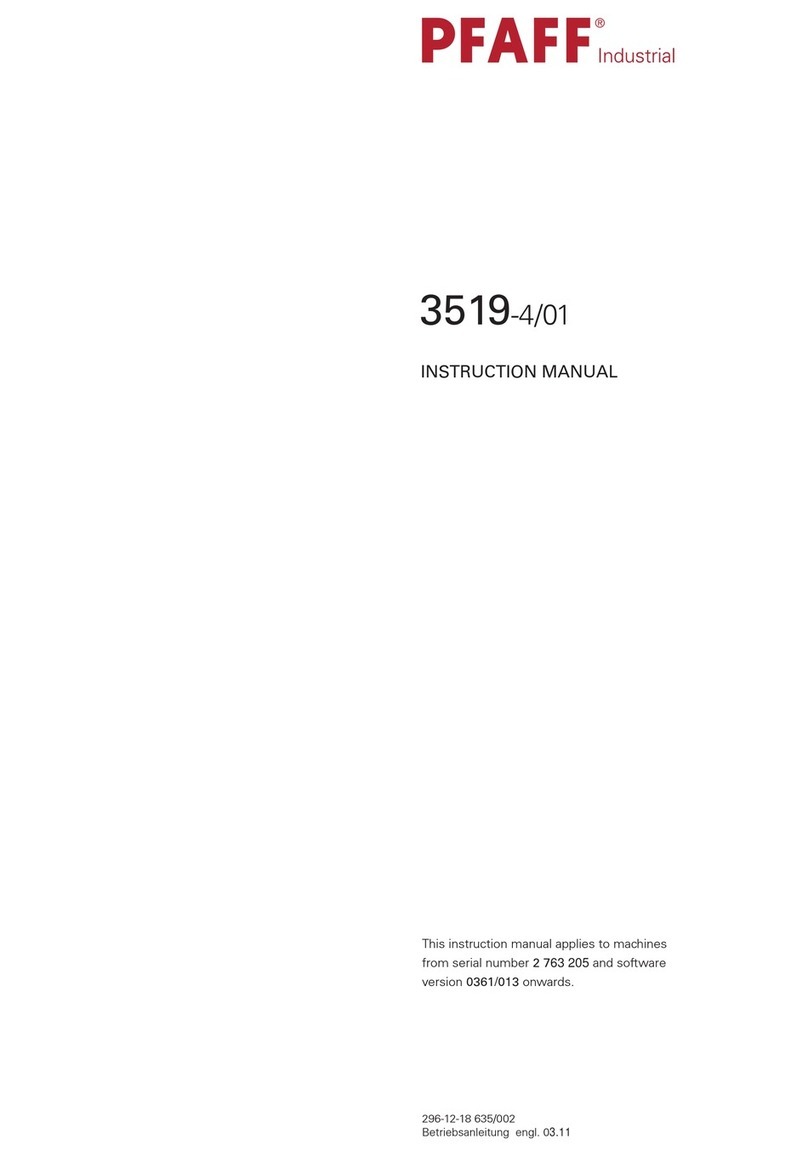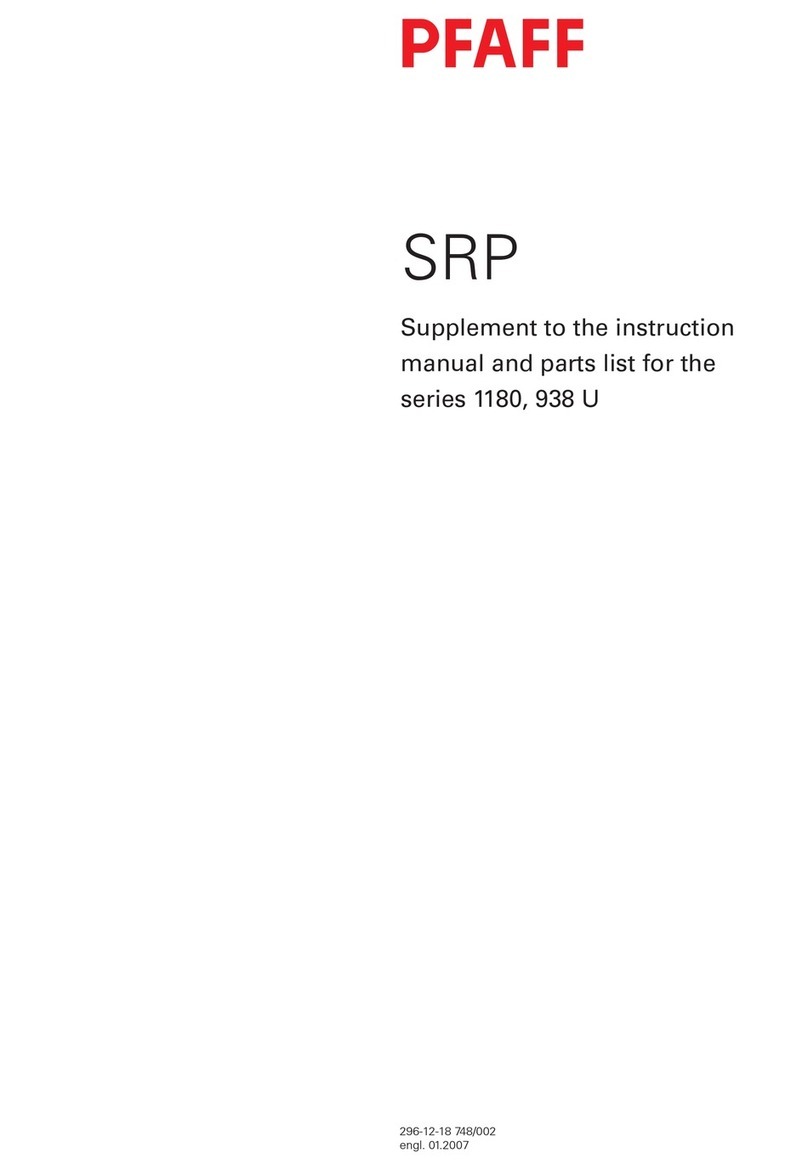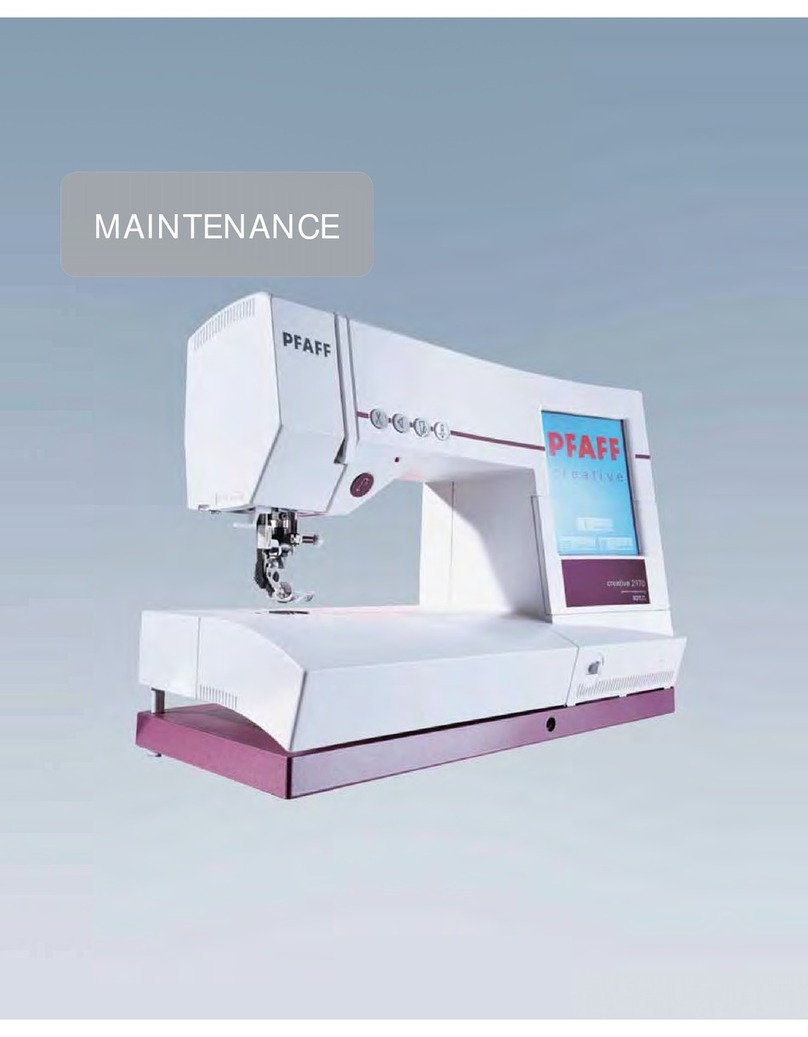
2 104 72 63-26
Contents
Foreword .......................................................................................................................................3
Replacing the External Parts.........................................................................................................4
Face Plate .....................................................................................................................................4
Top Cover......................................................................................................................................4
Belt Cover......................................................................................................................................5
Motor Cover...................................................................................................................................5
Base ..............................................................................................................................................5
Adjustment of the needle bar height..............................................................................................6
Adjustment of the timing of the hook in relation to the needle.......................................................8
Adjustment of the clearance between needle and point of hook...................................................9
Adjustment of bobbin case position finger...................................................................................10
Adjustment of the presser bar height and alignment...................................................................11
Adjustment of the knee lifter lever...............................................................................................12
Adjustment of the Feed Cam Timing...........................................................................................13
Adjustment of the Feed Lifting Cam Timing................................................................................14
Adjustment of the parallelism and lengthwise movement of the Feed Dog ................................16
Adjustment of synchronizer.........................................................................................................17
Adjustment of bobbin thread tension...........................................................................................18
Adjustment of pre-tension dial.....................................................................................................18
Adjustment of thread check spring stroke ...................................................................................19
Replace and Adjust the Thread Guide Plate ...............................................................................20
Adjustment of the Fixed Cutter Knife...........................................................................................21
Adjustment of the needle to cutter cam timing............................................................................24
Adjustment of the thread drawing lever.......................................................................................25
Adjustment of the auto tension release.......................................................................................26
Thread Cutter Troubleshooting....................................................................................................27
Adjustment of bobbin winder stopper..........................................................................................28
Replacing the Electronic Components ........................................................................................29
Location of the Electronic Components.......................................................................................29
Location of the Connectors..........................................................................................................29
Internal Wiring .............................................................................................................................30
Replace the Circuit Board-A........................................................................................................31
Replace the Circuit Board-F and Slide Volume...........................................................................32
Replace the Light Bulb ................................................................................................................32
Replace the motor and Adjust the motor belt tension..................................................................34
Replace the transformer..............................................................................................................35
Replace the Machine Socket.......................................................................................................35
